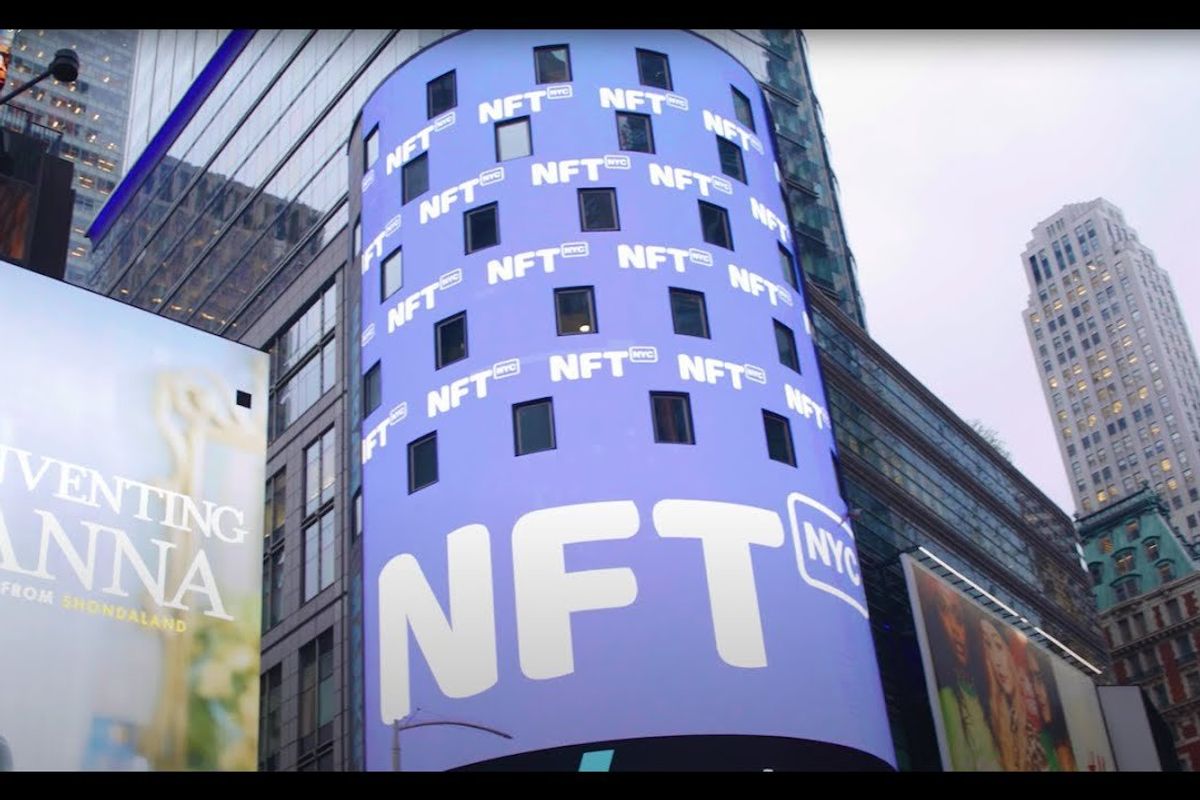NFTs
Backup and Inheritance for Bitcoin Runes
Understanding Runes: how to protect your ownership and future inheritance.
Backing up your digital artifacts and NFTs on Bitcoin
Artifacts, Ordinals, Inscriptions, and BRC-20
What happens to your Crypto when you die?
Understanding your choices when it comes to inheritance of digital assets
Securing everything you love in Web3 with Vault12
In our first video from NFT.NYC we learned a little about the risks associated with security and inheritance of NFTs and other Web3 components - now learn how Vault12 can help you protect the future of your most precious Web3 assets.
Why you should care about the security of your NFTs
Shot at NFT.NYC 2022, this video describes why you should care about the security of your NFTs, everything you need to care about as a collector, and also some additional things that creators should be aware of.
Why should you care about Crypto and NFT Inheritance?
Cryptocurrency and NFT digital asset inheritance is a new area that is fraught with risks. Fortunately, Vault12 can reduce your risks by allowing you to protect, back up, recover, and simplify inheritance of your digital assets.
MINTED – The NFT Collective
NFTs shall be the future driving force of the future creator economy. We will dive into the market stabilization of NFTs and what the next decade and beyond looks like.
How to Self-Custody, Back Up, and Inherit NFTs with Vault12
NFTs enable creators to revolutionize art, but they also support additional use cases, including digitization of many types of unique physical and digital goods (such as concert tickets and identity documents). Learn how you can protect these valuable assets with Vault12.


